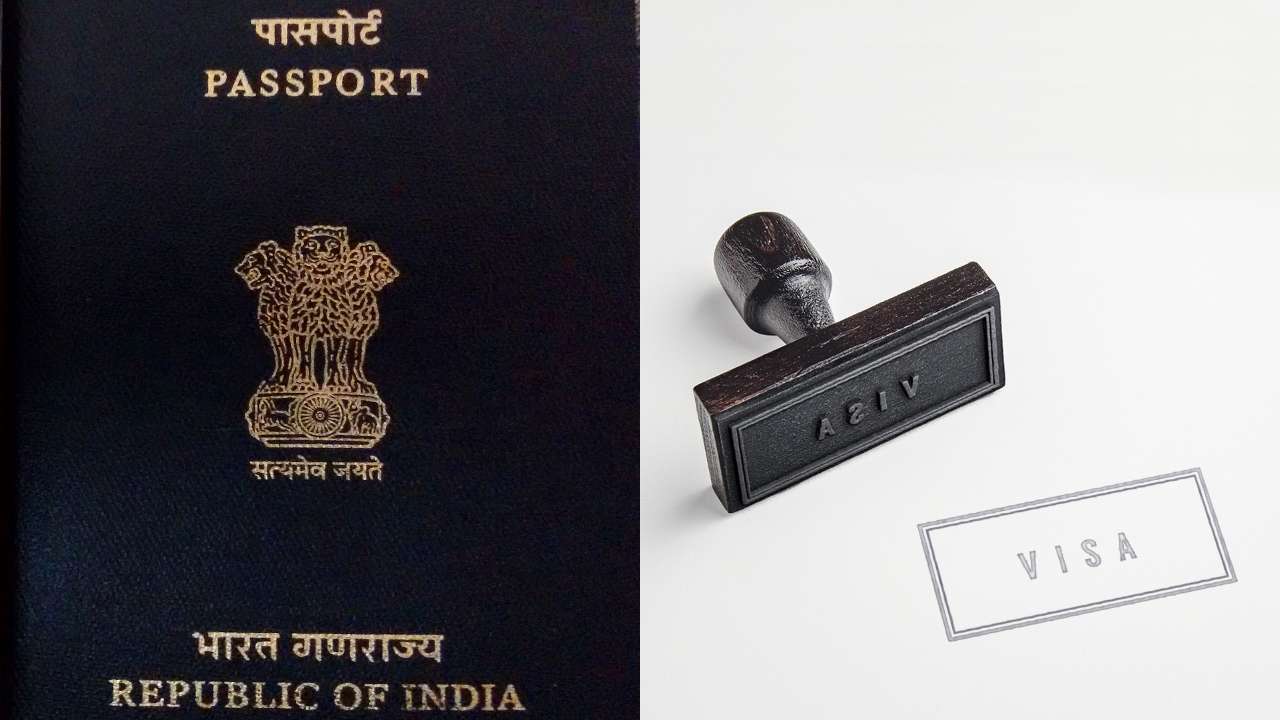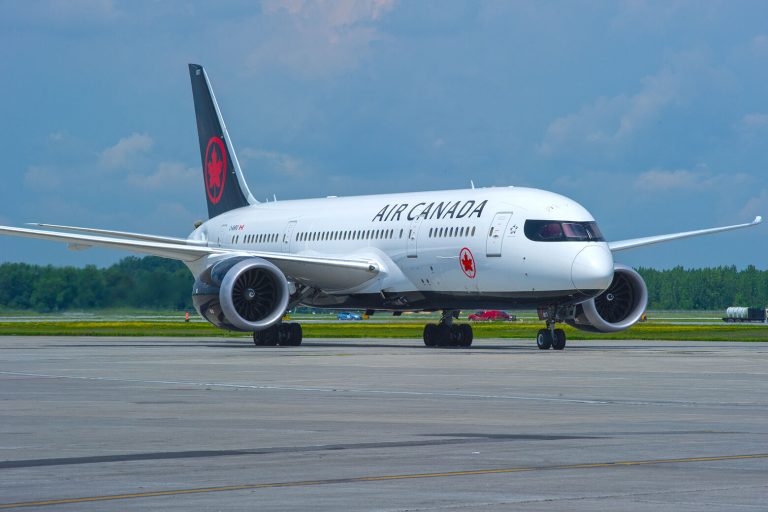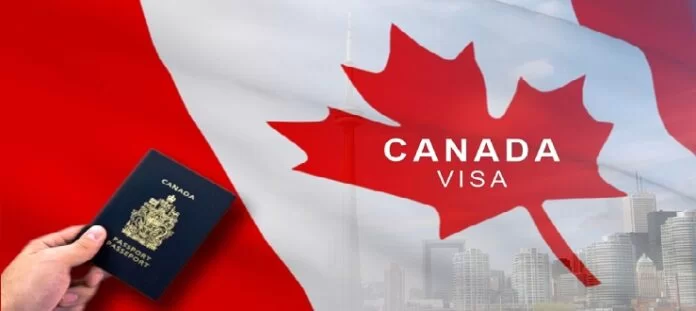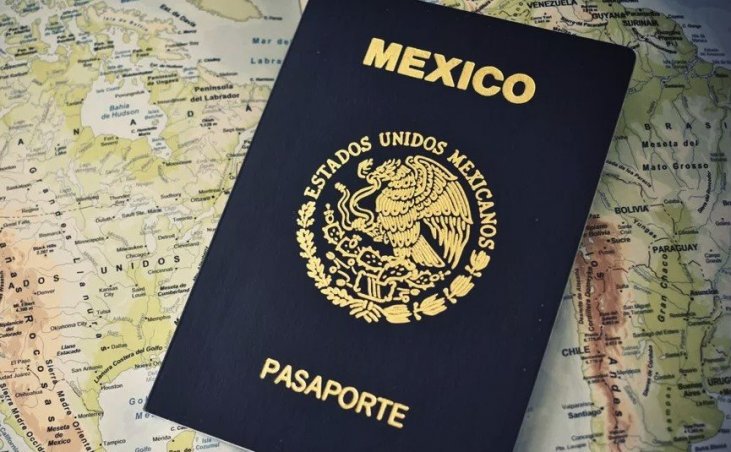A comprehensive guide to the different types of Indian visas
Welcome to our guide on the different types of Indian visas! India is a country with diverse cultures, historic landmarks, and natural attractions that attract millions of visitors every year. Whether you’re planning to travel for tourism, business, education or work purposes- getting the right visa is crucial. With an array of visa options available today, choosing the right one can be quite challenging. This blog post will help simplify things for you by providing comprehensive information about each type of Indian visa and their application process. Read on to discover your perfect match! TYPES OF INDIAN VISA
Introduction to Indian visas
There are a number of different types of visas that you may need if you are planning on travelling to India. This guide will outline the different types of Indian visas, the requirements for each, and what to expect when applying for one.
The most common type of visa required for visitors to India is a tourist visa. This type of visa is valid for up to six months and can be obtained from any Indian embassy or consulate abroad. To qualify for a tourist visa, you must meet certain requirements including having a valid passport and proof of funds sufficient to cover your stay in India.
Another popular type of Indian visa is the business visa. This type of visa is specifically designed for businessmen travelling to India to conduct business transactions. To qualify for a business visa, you must have an official letter from your company authorizing you to travel to India and evidence that your company is legitimate and has been in operation for at least six months.
Finally, there are also student visas available in India. These visas are specifically designed for students who wish to study in India temporarily. To qualify for a student visa, you must have a valid school ID card and proof that you will be attending school during your stay in India.
If you plan on traveling to India anytime soon, it is important to research which type of Indian visa is best suited for your needs before applying. Each type has its own set of requirements and benefits, so it’s important to know what
Types of Indian visas
If you are thinking of traveling to India, or if you are already in India and want to know what kinds of visas are available to you, this guide will help. There are four different types of Indian visas: A visa for tourism, a business visa, an employment visa, and a student visa. INDIAN VISA TYPES
The most common type of Indian visa is the tourist visa. This allows visitors to stay in India for up to six months and visit any number of attractions. To apply for a tourist visa, you must first obtain a travel document called an e-visa. An e-visa is a electronic document that is stored on your computer and can be used instead of a physical travel document. You can apply for an e-visa online or at the American Embassy in New Delhi.
The next most common type of Indian visa is the business visa. This allows foreigners who are visiting India for business purposes to stay in the country for up to three months. To apply for a business visa, you must first obtain a business permit from the appropriate government agency. You can then apply for a business visa online or at the American Embassy in New Delhi.
The third most common type of Indian visa is the employment visa. This allows foreigners who are visiting India for work purposes to stay in the country for up to one year. To apply for an employment visa, you must first obtain an invitation letter from your employer. You can then apply for an employment visa online or at
Requirements for Indian visas
If you are a citizen of India, and you want to travel to another country for a period of more than 90 days, you will need a visa. The type of visa you need depends on the country you are traveling to.
There are three types of Indian visas: tourist visas, business visas, and student visas. Each type has different requirements and conditions.
To get a tourist visa, you must first apply online or at an Indian embassy or consulate in your home country. You will need to provide your passport details, photograph, and other documentation. The fee for a tourist visa is usually around $160 (£109).
To get a business visa, you will need to submit an application form and evidence that you have funds to sustain yourself while in the country. The fee for a business visa is usually around $330 (£218).
To get a student visa, you will need to submit an application form and proof that you have enrolled in a course of study at an accredited educational institution in the country you are visiting. The fee for a student visa is usually around $150 (£102).
How to apply for an Indian visa
If you are planning to visit India, you will need an Indian visa. There are several types of visas available, and each has its own requirements. This guide will outline the different types of Indian visas and how to apply for them.
First, let’s take a look at the different types of Indian visas:
1) Tourist Visa: If you are visiting India for tourism purposes only, a tourist visa is all you need. You will need to provide your passport information and proof of onward travel. There is no requirement to have an invitation from a tour operator or participate in any specific activity while in India. Generally, tourists are allowed stay in India for up to 30 days.
2) Business Visa: If you are traveling to India to conduct business activities, you will need a business visa. The main requirement is that your company has a registered office in India and that you have signed a memorandum of understanding with the relevant government office. You will also be required to provide evidence that your company has the financial capability and resources necessary to carry out its planned activities in India. Generally, business visas allow holders stay in India for up to six months.
3) Employment Visa: If you are looking to work in India as an employee of a foreign company, you will need an employment visa. The main requirement is that your employer has signed a hiring agreement with the relevant government office. You will also be required to provide evidence that your skills match those required by your
What to do if your visa is declined
If your visa is declined, the most common reason is that your application does not meet the requirements of the visa category you are applying for. You may be able to apply for a different type of visa if you can provide additional information or documents that support your application. If you cannot get a new visa, you may be able to stay in the country temporarily or travel to another country and apply for a new visa there.






